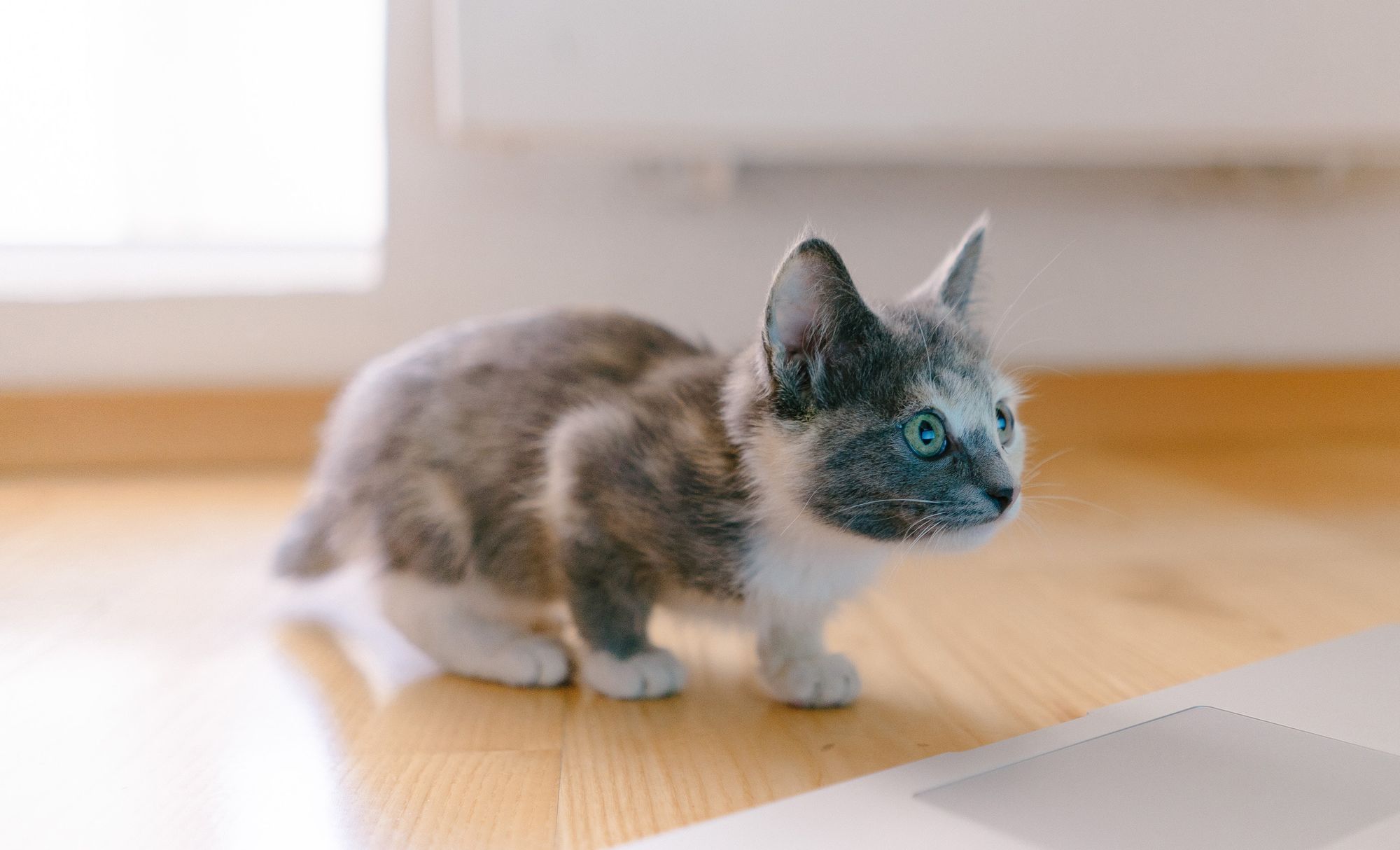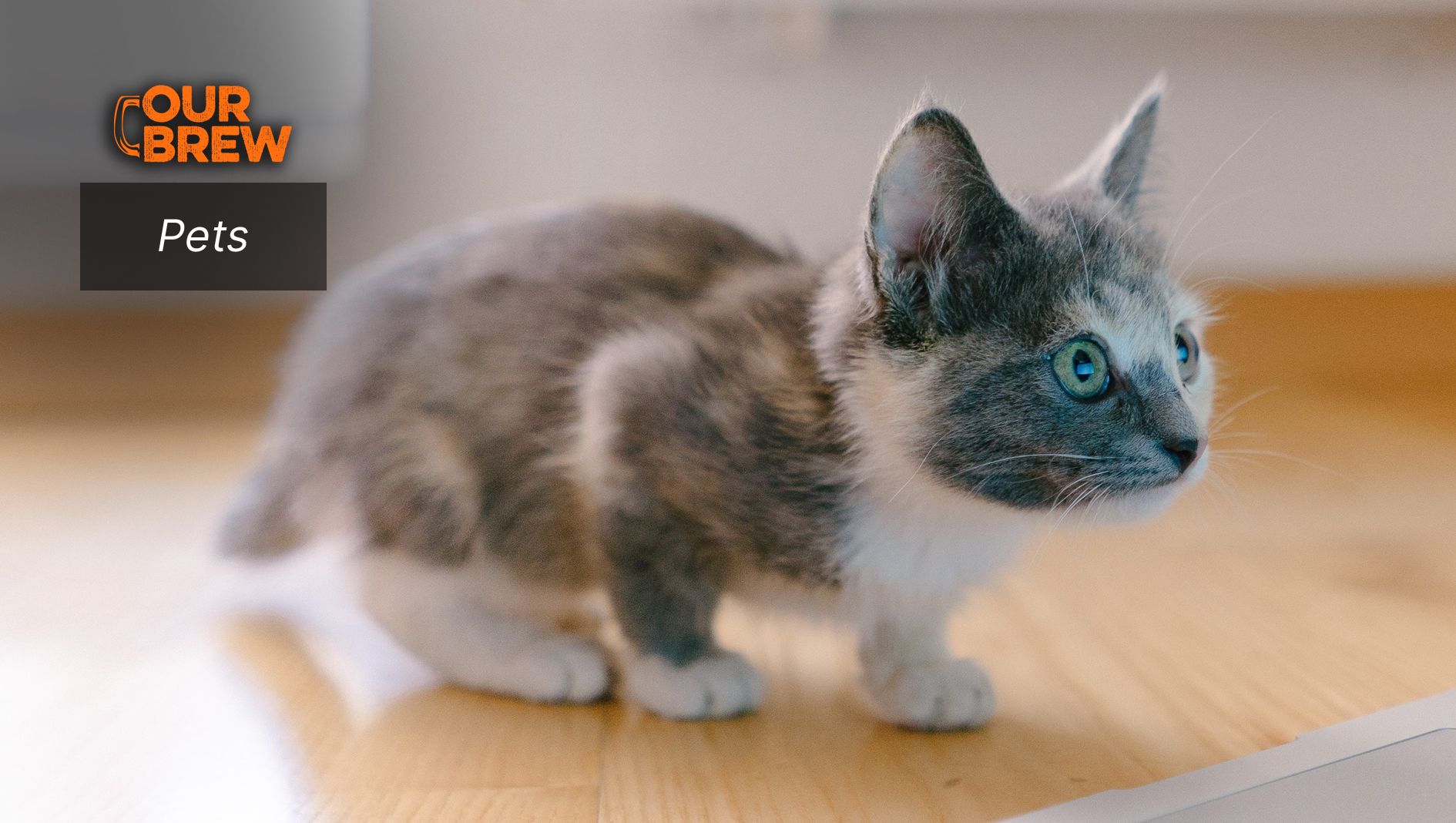
Photo by Sereja Ris on Unsplash
by Mariana Burgos
Everything is peaceful around the home, and kitty is dozing in his usual nap area. It can happen quickly and unexpectedly. Your cat suddenly raises his head and his eyes become attentive. Kitty’s eyes dilate, his ears expand, and he takes off with barely the tiniest warning wiggle! Without warning, your kitten sprints across the room as fast as he can! He got the zoomies!
What are cat zoomies?
Some call it the witching hour, while others refer to it as the nightly “crazies.” Known colloquially as the “zoomies,” this sudden burst of hyperactivity perplexes many cat parents. It frequently includes frantic racing, pouncing, bopping, and even excessive meowing that appears out of nowhere.

Jessica Comstock, in her article “Cat Zoomies: Everything You Need to Know About Your Kitty’s Frantic Runs Around the House,” explains that Frenetic Random Activity Periods, or FRAPs, is a technical word for this type of activity. When your cat has an enormous burst of energy, dashing about the home is an easy method for cats to get that energy out.
Why do cats get the zoomies and what can we do to reduce disturbance in our homes?
Comstock gives us three of the most common reasons cats get the zoomies.
1. When cats have excess energy
Cats are natural predators. They spend a lot of time napping, especially if they have a lot of alone time. This causes a buildup of energy, which finally bursts out in a brief, fast rush. Because cats sleep much of the day to preserve energy (your feline buddy can sleep anywhere from 12 to 16 hours a day), when they are up, they are really awake. That is their nature because they are born hunters. It is in their DNA.
Since the building up of energy is closely related to their sleeping pattern, we can try to develop a routine with them where they could use most of their energy in playing around with toys during most hours of the day. That way, they will tend to try to sleep off (their 12-16 hours of needed sleep) at night time. The same time that we get our sleep as well.

2. When your cat has a certain irritation, acute pain, or aggression
A sudden shift in behavior may signal that your cat is in discomfort. When your feline pal is upset or hostile, they may display cat body language such as dropping their tail, showing their claws, or leaning backward. If your cat’s attitude persists for a lengthy period of time, get guidance from your veterinarian.
If your cat has fleas or sensitive skin, rushing about may be their method of escaping the discomfort. Your senior cat may be losing their eyesight or hearing and becoming more easily frightened, resulting in a frenetic rush around the home.
If the zoomies persist despite regular activity, it is time to see a veterinarian.
3. When your cat has bathroom issues
Many cats appear to perform a victory lap after using the litter box. Some cats may rush around like crazy after having a bowel movement, especially if it was unpleasant. Infections or inflammatory processes involving the urinary system, colon, or rectum might cause such pain.

It might also, possibly, be the result of constipation. If your veterinarian checks out any medical causes for your cat’s post-bathroom running, you may conclude that it’s most likely just your cat’s way of rewarding himself for a job well done.
Cat zooming is just a normal thing. You need not worry much if you see them suddenly sprinting across the room. But if you detect excessive zooming, keep an eye out for any other strange actions that might indicate something is amiss. Weight loss, changes in litter box usage, or strange vocalizations, for example, should lead you to take your cat to the clinic. Cats are especially prone to behavioral changes as they become older.
About the Author: Mariana Burgos is a freelance artist. She has been a solo parent for 16 years now because she is wife to a desaparecido. She and her daughter are animal lovers and are active in advocating not only human rights but the rights of animals as well.
This article also appears in the Manila Standard

If you liked what you just read and want more of Our Brew, subscribe to get notified. Just enter your email below.


Related Posts
Understanding Pets With Special Needs
Mar 03, 2025
Can Cats Eat Basil Leaves?
Feb 20, 2025
The Right Way to Pick Up, Hold, and Carry Your Dog
Feb 17, 2025